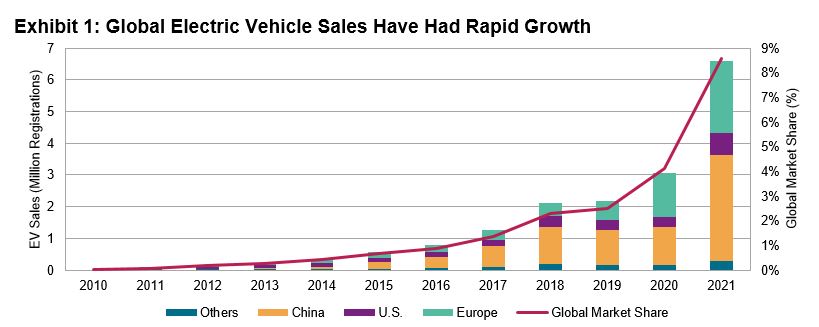This paper will demonstrate the potential improvements in environmental, social and governance (ESG) characteristics that are reflected in sustainability benchmarks versus traditional market-capitalization-weighted benchmarks in a hypothetical group of Australian equities. We explore how our indices seek to maintain overall industry group weights and country compositions that are similar to their benchmarks while incorporating sustainability values. The alternatives to market-cap-weighted equity indices we considered include: a broad-based domestic sustainability index, international carbon control indices, a global ESG real estate index, and a global net zero infrastructure index.
An Overview of Sustainability-Focused Indices
The S&P/ASX 200 ESG Index draws on the intelligence of the S&P DJI ESG Scores, which robustly measure companies’ sustainability risk and performance factors to measure the performance of securities from the benchmark index that meet sustainability criteria. It seeks to maintain industry group weights that are similar to its benchmark, while providing an improved sustainability profile as a result of an improved ESG score. It excludes companies with activities in specific areas, such as the extraction and consumption of thermal coal, production of tobacco and controversial weapons, as well as companies with poor alignment with UN Global Compact (UNGC) principles, involvement in relevant ESG controversies, and those identified as sustainability laggards.
Sign up to receive updates via email
Sign Up
The S&P Developed Ex-Australia LargeMidCap Carbon Control Index and the S&P Emerging LargeMidCap Carbon Control Index focus on carbon intensity reduction and employ the carbon emissions intensity figures published by S&P Global Trucost. The index design aims to minimize average carbon intensity of the underlying benchmark, while offering diversification across a range of companies in the underlying index. The indices also apply exclusions based on companies’ involvement in specific business activities including fossil fuel, tobacco, controversial weapons, alcohol, gambling and adult entertainment, as well as companies with poor alignment with UNGC principles, low S&P DJI ESG Scores, and involvement in relevant ESG controversies.
The Dow Jones Global Select ESG Real Estate Securities Index (RESI) uses data from GRESB and is designed to be representative of the investment characteristics of the Dow Jones Global Select Real Estate Securities Index, a conventional real estate benchmark, but with an improved sustainability profile through the use of GRESB scores. As a leader in evaluating ESG characteristics of real estate companies, GRESB uses a framework that is specifically tailored to real estate companies and seeks to embrace industry best practices on the full range of ESG issues that can be material to shareholders. The indices also apply exclusions based on companies’ involvement in specific business activities including fossil fuel, tobacco, controversial weapons, alcohol, gambling and adult entertainment, as well as companies with poor alignment with UNGC principles and involvement in relevant ESG controversies.
Finally, the Dow Jones Brookfield Global Infrastructure Net Zero 2050 Climate Transition ESG Index relies on innovative environmental datasets published by S&P Global Trucost to select and weight companies from the listed infrastructure universe to be collectively compatible with a 1.5ºC global warming climate scenario at the index level. The index design also aims to be in line with the EU Climate Transition Benchmark requirements and the recommendations of the Financial Stability Board’s Task Force on Climate-related Financial Disclosures (TCFD), including but not limited to a 30% carbon intensity reduction relative to the underlying benchmark, a baseline 7% average year-over-year self-decarbonization, activity exclusions and a reduction in index exposure to physical climate risks.
















































